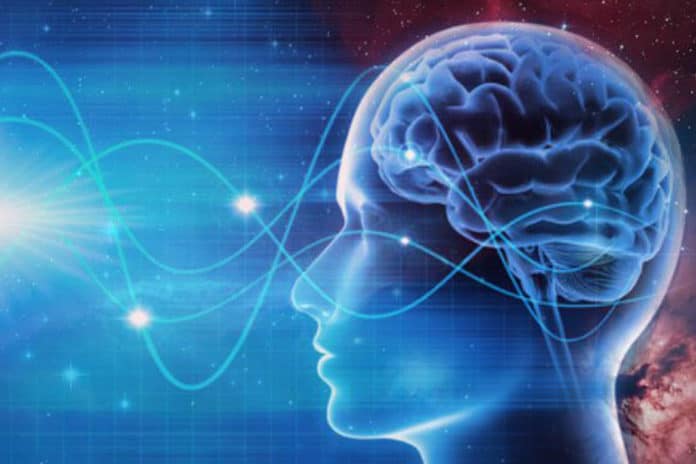Magnetoreception, the perception of the geomagnetic field, is a sensory modality well-established across all major groups of vertebrates and some invertebrates, but its presence in humans has been tested rarely, yielding inconclusive results.
Now, in a new experiment, scientists suggest that the human brain can potentially respond to the Earth’s magnetic field, at an unconscious level. Well, it is yet to be clear that this ability to sense magnetic field is useful in some way, as it is likely a vestigial trait left over from our more primitive past.
Based on the discovery, scientists should take a top forward towards determining if magnetoreception is somehow contributing to our behavior or abilities, such as spatial orientation.
To test whether the human brain is capable of magnetoreception, and to do so in a reliable manner, scientists set up a rather elaborate experiment involving a chamber specially designed to filter out any extraneous interference that might influence the results.
The isolated chamber, within which participants had their brainwaves monitored by electroencephalogram (EEG), was housed inside a Faraday Cage, which shielded all interior contents from external electromagnetic fields. Three orthogonal sets of square coils, called Merritt coils, allowed the researchers to control the ambient magnetic fields around a participant’s head.
Acoustic panels on the wall reduced external noise from the building, while a wooden chair and isolated floor prevented any unwanted interference with the magnetic coils. A battery-powered EEG was placed next to the participant, which was connected to a computer in another room with an optical fiber cable.
During carefully controlled experiments, participants sat upright in the chair with their heads positioned near the center of the magnetic field, while EEG data were collected from 64 electrodes. The hour-long tests, in which the direction of the magnetic fields was rotated repeatedly, were performed in total darkness. The experiment involved 34 adult volunteers, who collectively participated in hundreds of trials; all tests were done in a double-blind manner, and control groups were also included.
Scientists recorded a strong specific human brain response to simulated “rotations of Earth-strength magnetic fields.
Moreover, the magnetic stimulation caused a drop in the amplitude of EEG alpha waves between 8 and 13 Hertz—a response shown to be repeatable among those four participants, even months afterward. Two simple rotations of the magnetic field appeared to trigger the response—movements comparable to a person nodding their head up or down, or turning it from left to right.
Scientists noted, “The alpha rhythm is the dominant brain wave produced by neurons when individuals aren’t processing any specific sensory information or performing a specific task. When stimulus is suddenly introduced and processed by the brain, the alpha rhythm generally decreases.”
“The drop in alpha waves observed during these experiments suggested the brain interpreted the magnetic fields as some kind of stimulus—the neurological purpose or result of which is unclear. But as the new study pointed out, this observation now provides a basis to start the behavioral exploration of human magnetoreception.”
Caltech geophysicist Joseph Kirschvink told Gizmodo, “Our approach was to focus on brainwave activity alone. If the brain is not responding to the magnetic field, then there is no way that the magnetic field can influence someone’s behavior. The brain must first perceive something in order to act on it—there is no such thing as ‘extra-sensory perception.’ What we have shown is this is a proper sensory system in humans, just like it is in many animals.”
“Magnetoreception is a normal sensory system in animals, just like vision, hearing, touch, taste, smell, gravity, temperature, and many others. All of these systems have specific cells that detect the photon, sound wave, or whatever, and send signals from them to the brain, as does a microphone or video camera connected to a computer. But without the software in the computer, the microphone or video camera will not work. We are saying that human neurophysiology evolved with a magnetometer—most likely based on magnetite—and the brain has extensive software to process the signals.”
Scientists further planning to get detailed insights on the biophysics of this capacity, including measuring threshold sensitives.
Caltech neuroscientist Shin Shimojo said, “it might be possible to bring magnetoreception into conscious awareness, a possibility that could spawn entirely new directions of research. Imagine, for example, if future humans had a built-in compass, allowing them to sense magnetic north.”
The study published in the science journal eNeuro.
